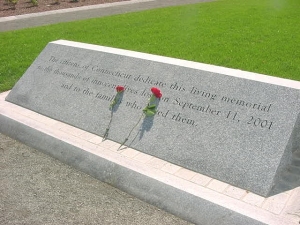License Renewal of WTIC-AM on “Enforcement Hold” at FCC
/The Federal Communications Commission has the pending license renewal of WTIC-AM radio on “enforcement hold,” nearly six months after the station’s broadcast license technically expired. The station can continue broadcasting under the license that expired on April 1, 2014 until the FCC acts on its renewal application, which was filed last year on November 27, just days ahead of the renewal application deadline.
In the wake of the corruption conviction earlier this month of former Governor and former WTIC talk show host John G. Rowland, questions have been raised about the radio station that employed Rowland. Although FCC officials say that “while it is too late to file a formal Petition to Deny the license renewal,” because the renewal date has passed, “an informal objection can still be filed to the license renewal” at any time prior to action on the pending renewal application.
The FCC explains that an "informal objection," which is an official process, “may take the form of a letter signed by the objector” and should “contain sufficient information to establish any violation alleged.” FCC officials indicate that no objections to the station’s renewal have been filed as of this week. If the station’s license renewal is granted, it would be for an 8-year period.
There is no indication when the hold was placed on the renewal application by the FCC’s enforcement division, what the reason was, or when it might be lifted. FCC officials indicate that most often enforcement holds are instituted due to a complaint being filed that requires investigation, but they would not confirm whether that was true in this instance. That information is only made available to the licensee or their attorney, according to an FCC official. 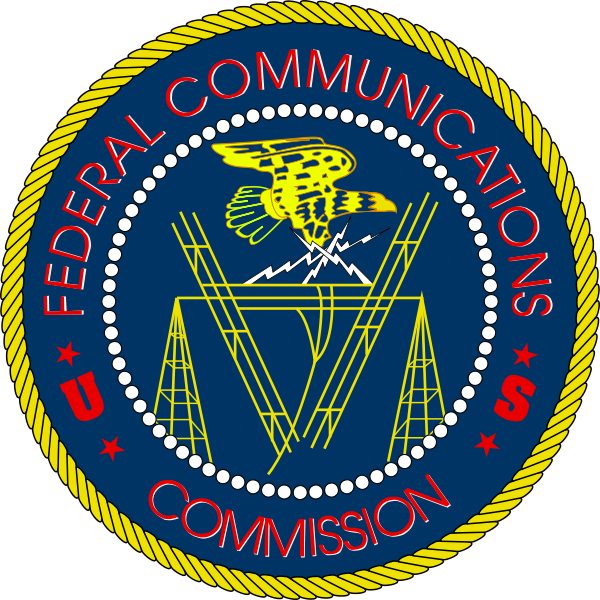
Action on the license renewal application remains possible at any time. Should an informal objection be filed, the FCC would, in most instances, need to deal with any issues raised in the objection before it would act on the license renewal application.
In April 2014, Rowland resigned as a WTIC-AM radio host as his drive-time talk show, with a federal indictment imminent related in part to Rowland’s relationship with the campaign of then-Congressional candidate Lisa Wilson-Foley. Rowland had remained on the air on WTIC, even after it was revealed that his relationship with the Wilson-Foley campaign had sparked a federal grand jury investigation.
During this month’s trial, according to published reports, a former campaign operative for Wilson-Foley described ways Rowland allegedly coordinated topics on his WTIC talk show with the messages he wanted the campaign to get out.
In May 2012, responding to a complaint filed that month by Kenneth James Krayeske to the FCC regarding Rowland’s unstated relationship with the Wilson-Foley campaign, Mark Berlin of the FCC’s Policy Division Media Bureau indicated that “the FCC has no control over who a station might employ either on-air or off the air, and there is no requirement that a station disclose any current or prior political relationship of its employees.”
“We accept Mr. Rowland’s decision to step down at this time," Jenneen Lee, the station's program director, said in a statement posted on the station's website soon after Rowland went off the air earlier this year, CT Mirror reported. The Rev. Will Marotti, who was Rowland's spiritual adviser and served as his co-host when Rowland went on the air at the station in September 2010, took over as host of the weekday afternoon program and remains on the air.
Back in 2012, the Torrington Register-Citizen reported that “according to a WTIC-AM representative, former Gov. Rowland disclosed the fact that he was working with Republican Lisa Wilson-Foley’s campaign ‘months ago,’ but said the 5th congressional district race is avoided on air, intentionally. ‘He actually stays away from it on purpose,’ Jeneen Lee said. ‘To date, there’s been no conversation on the air about the campaign.’” Editorials published in the months following the campaign-related revelations called for additional disclosure by WTIC.
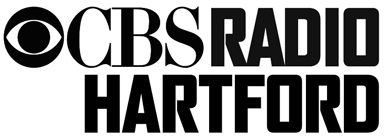 Rowland, who resigned as Governor a decade ago in a corruption scandal and served 10 months in prison, was convicted this month of federal charges that he conspired to hide payment for work on two congressional campaigns, in 2010 and 2012, including the Wilson-Foley campaign.
Rowland, who resigned as Governor a decade ago in a corruption scandal and served 10 months in prison, was convicted this month of federal charges that he conspired to hide payment for work on two congressional campaigns, in 2010 and 2012, including the Wilson-Foley campaign.
WTIC is owned by CBS Radio.







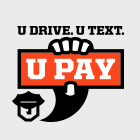
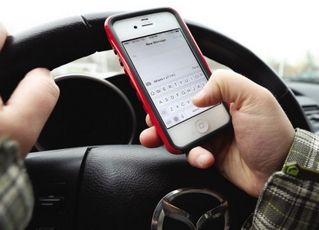




 ber 1, 2013, to March 31, 2014, the federal government was the major funder of in-person assistance, providing over $2.5 million in funding to the program. The reported noted that “This level of funding is no longer available, yet, the need for assistance, both for the upcoming open enrollment period (November 15, 2014, to February 15, 2015) and beyond, is great.” Plans for continuing in-person assistance, offered at store-front facilities, are under consideration according to
ber 1, 2013, to March 31, 2014, the federal government was the major funder of in-person assistance, providing over $2.5 million in funding to the program. The reported noted that “This level of funding is no longer available, yet, the need for assistance, both for the upcoming open enrollment period (November 15, 2014, to February 15, 2015) and beyond, is great.” Plans for continuing in-person assistance, offered at store-front facilities, are under consideration according to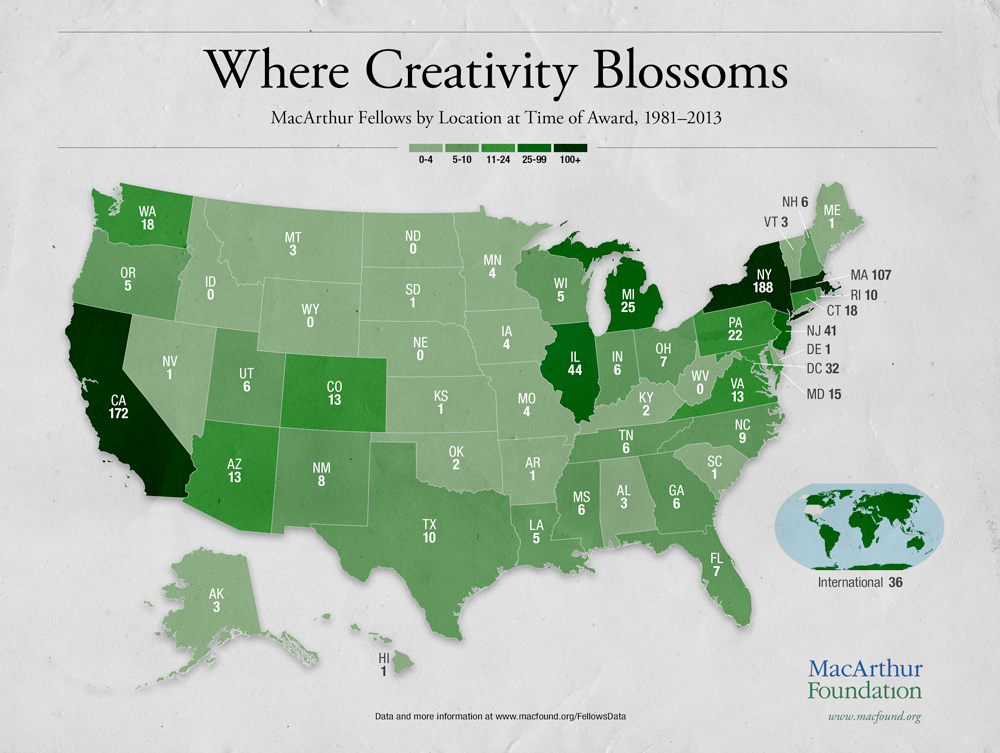 The MacArthur Foundation recently released data that shows where the 897 exceptionally creative individuals who have been recognized since 1981 were born, where they lived at the time they received the award and how mobile they are. This is the first time the data has been compiled and made publicly available.
The MacArthur Foundation recently released data that shows where the 897 exceptionally creative individuals who have been recognized since 1981 were born, where they lived at the time they received the award and how mobile they are. This is the first time the data has been compiled and made publicly available.
 The breakdown showed Patriots dominance throughout New England and most of Connecticut – with the exception of Fairfield and New Haven counties, which remain Giants country.
The breakdown showed Patriots dominance throughout New England and most of Connecticut – with the exception of Fairfield and New Haven counties, which remain Giants country.
 That’s just not reflected in the NFL map. The Cowboys come closest, but they’re not “
That’s just not reflected in the NFL map. The Cowboys come closest, but they’re not “
 d met Ms. Toyen, who grew up in Avon, Connecticut, at their alma mater, Bentley College in Waltham, Mass., and had managed to pull off an elaborate proposal.
d met Ms. Toyen, who grew up in Avon, Connecticut, at their alma mater, Bentley College in Waltham, Mass., and had managed to pull off an elaborate proposal.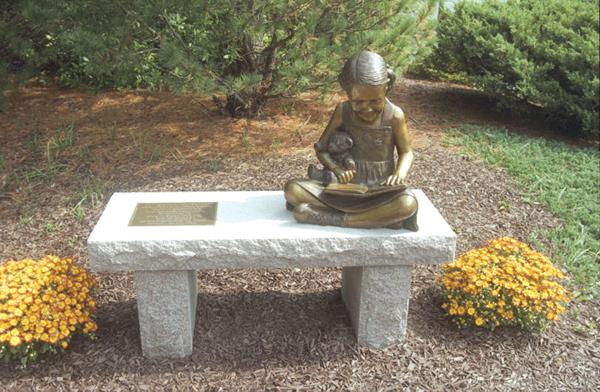 .
.